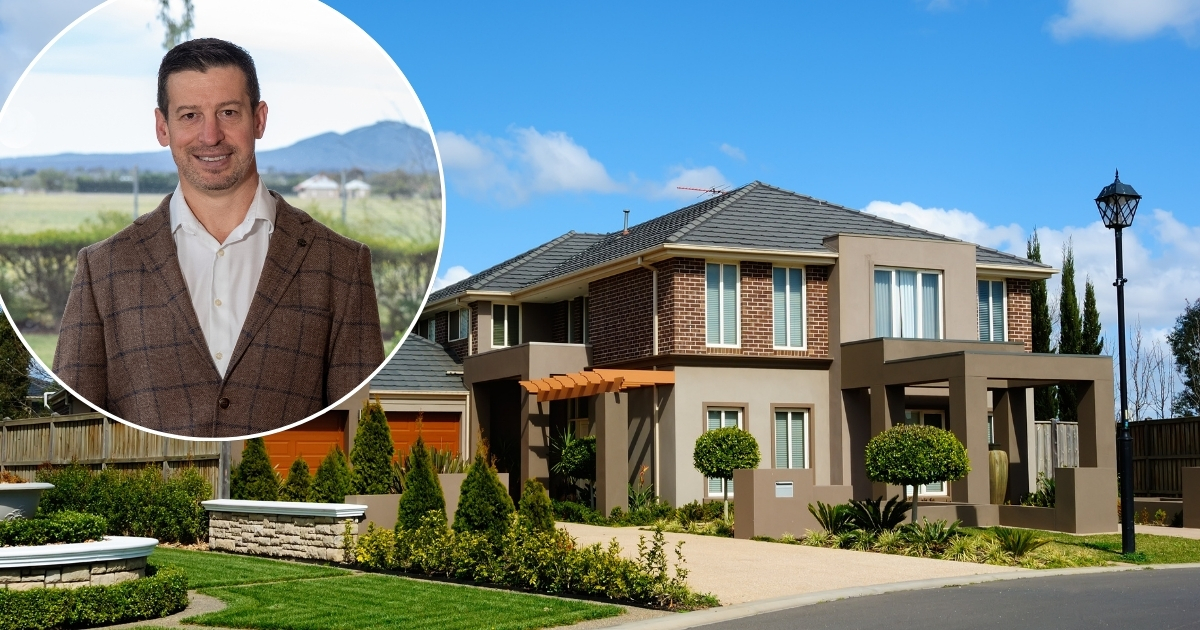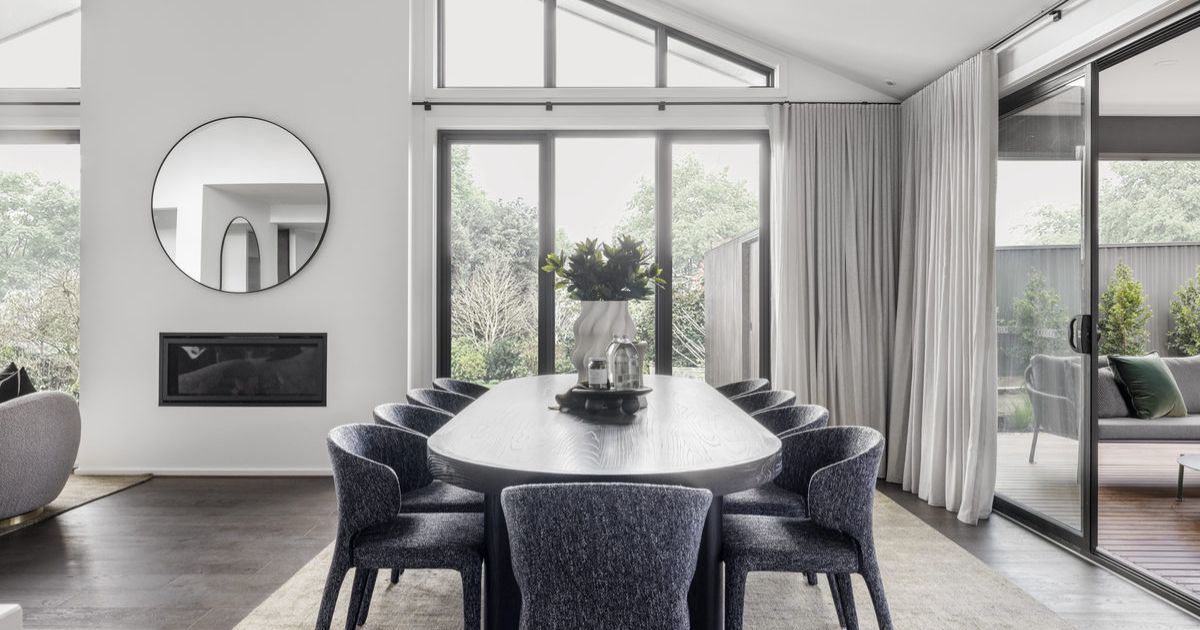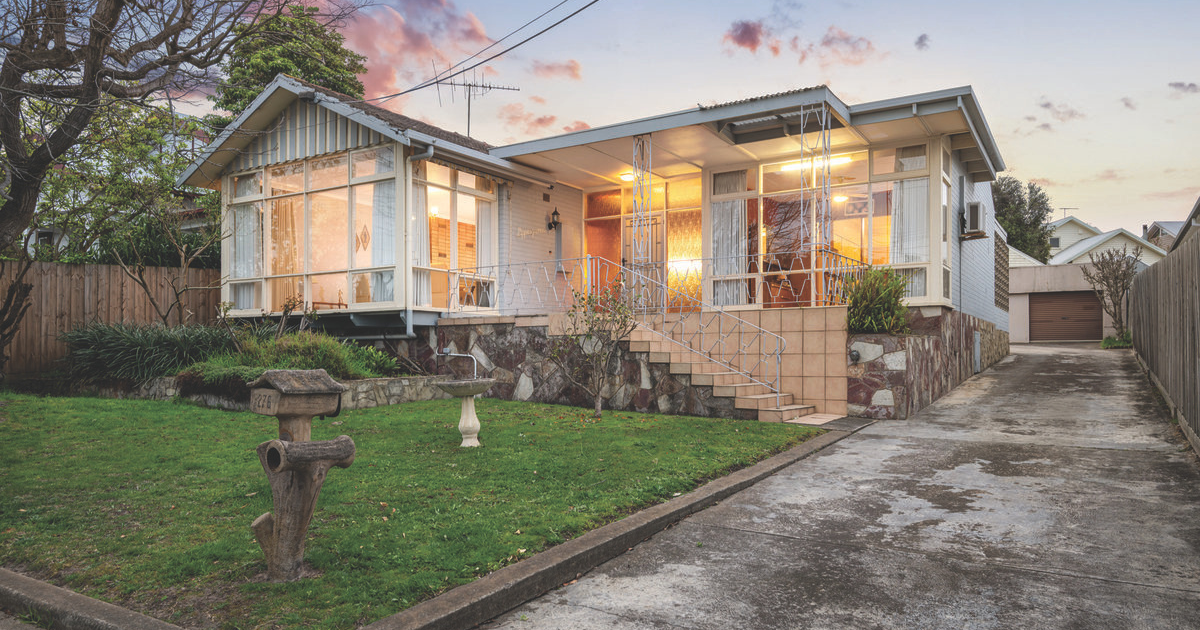Suburb snapshot – South Geelong

This three-bedroom South Geelong home first built in 1930 sold recently for $925,000. Photos: SUPPLIED
The size of South Geelong is about 2.5 square kilometres and has several parks covering nearly 7.2 per cent of total area.
The population of South Geelong in 2016 was 986 people and by the 2021 Census the population was 1,014 showing a population growth of four per cent in the area during that time.
South Geelong, mostly an industrial suburb, is immediately south of the railway line which curves eastwards from the Geelong railway station.
It includes Kardinia Park, the home of the Geelong Football Club and which takes up about one-third of the suburb.
Before the railway line was built in 1876, South Geelong extended closer to central Geelong, probably to Kilgour Street.
A State primary school in Kilgour Street, named South Geelong, opened in 1879.
It replaced a Wesleyan school (1854) which was associated with a church in Fyans Street, which were both south of the railway line.
Kardinia Park, formerly known as Chilwell Flats, was reserved and named in 1872, much of it was gullied wasteland.
Three ovals were laid out, the eastern one eventually becoming the home of the Geelong Football Club.

Shops and businesses evolved along Moorabool Street from Kardinia Park to Barwon Terrace.
Further south, land uses were industrial, Gravel Pits Road was the home of wool scourers, with discharges to the Barwon River, above the breakwater which protected fresh water from tidal salt inflows.
A short distance from the wool scourers there was the Godfrey Hirst woollen mill at the corner of Swanston Street and Barwon Terrace.
Hirst, from Meltham in Yorkshire, started his business in a shed in Fyans Street, South Geelong, and acquired the mill site in 1899, to its immediate north there was Valley Worsted Mills (1924-73).
Kardinia Park also has a public swimming pool (mid-1960s), the Kardinia senior citizens’ centre, netball courts and a Boer War memorial on its north-west corner.
The original Wesleyan church and its replacement building (1869) continue as a Uniting church.
Reserves along the Barwon River include the John Landy Athletics Field, the region’s premier facility for athletic sports.
CoreLogic data indicates that the predominant age group in South Geelong is 20-29 years with households in South Geelong being primarily childless couples and are likely to be repaying $1,800 – $2,399 per month on mortgage repayments, and in general, people in South Geelong work in a professional occupation.
TIDBIT: Geelong Football Club transferred to Kardinia Park from the Corio oval in 1941.

















